blog»Conversion Rate Optimization»A/B-Testing, Split Testing, Multivariate Testing, and Bayesian Testing: Essential Strategies for E-commerce Marketers
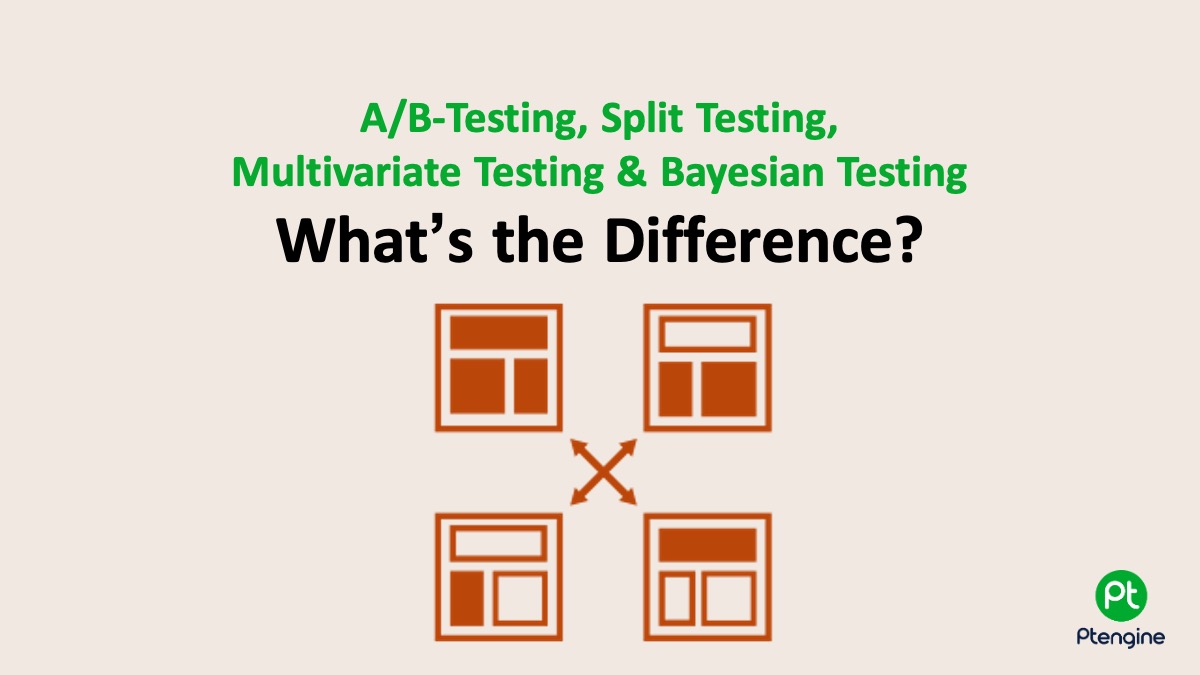
A/B-Testing, Split Testing, Multivariate Testing, and Bayesian Testing: Essential Strategies for E-commerce Marketers
2024/07/09
You can read this article in about 17 minutes
Introduction
Testing is crucial for e-commerce success. It helps you understand what works best for your website and customers. Today, we’ll dive into four key testing methods: A/B-testing, split testing, multivariate testing, and Bayesian testing. These strategies will help you optimize your site, improve user experience, and boost conversion rates. Let’s get started!
1. A/B Testing
A/B testing, also known as split testing, is one of the simplest and most widely used testing methods in e-commerce. This method involves comparing two versions of a single variable to determine which one performs better. Additionally, incorporating Bayesian testing techniques can provide real-time optimization and more nuanced decision-making. Here’s how it works:
Definition
A/B testing compares two versions of a webpage or app feature against each other. Version A is typically the original (control), and Version B is the modified version (variant). The goal is to identify which version leads to better outcomes, such as higher conversion rates or better user engagement.
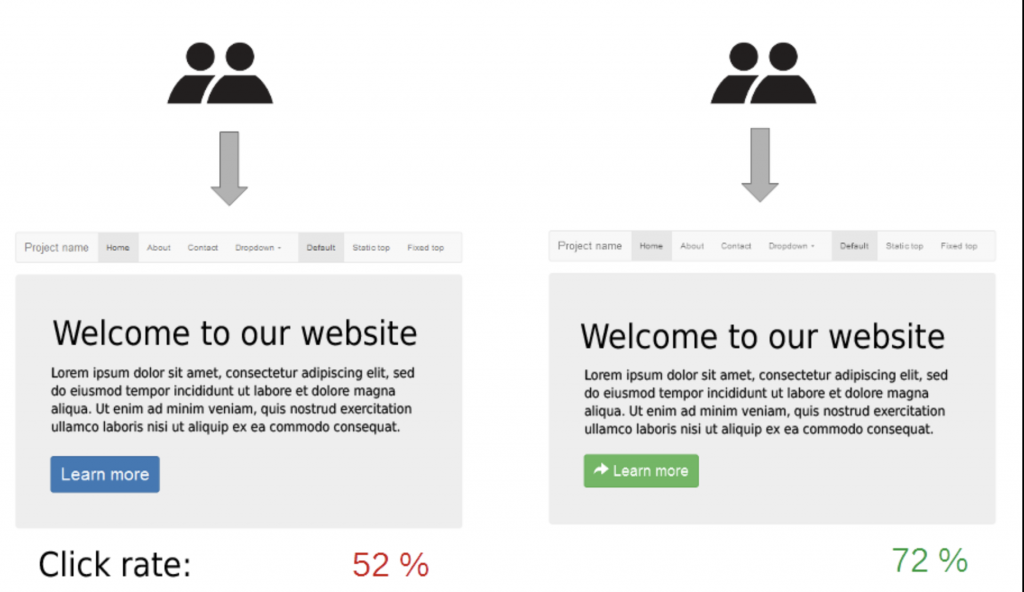
Bayesian testing enhances this process by using Bayesian statistics to continuously update the probability of a hypothesis being true as new data comes in. This allows for real-time optimization and more adaptable decision-making.
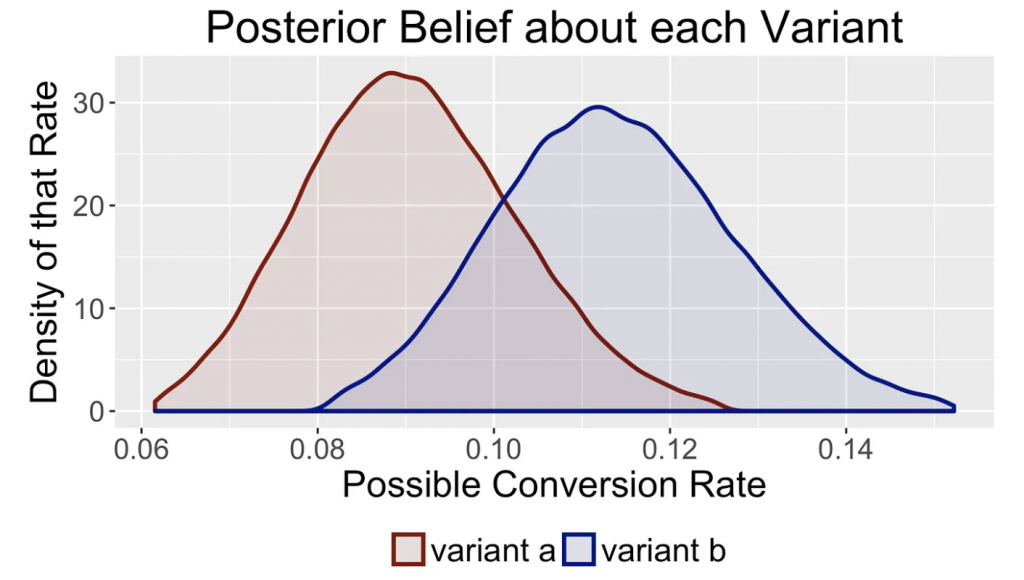
Process
- Hypothesis Creation: Start by identifying what you want to test and what you expect to achieve. For example, you might want to test if changing the color of a “Buy Now” button increases clicks.
- Version Creation: Create two versions of the element you want to test. Version A (control) is the original, and Version B (variant) is the new version with the changes.
- Traffic Distribution: Split your web traffic equally between the two versions. Tools like Ptengine, Optimizely, or VWO can help automate this process.
- Performance Measurement: Track key metrics to determine which version performs better. Common metrics include click-through rates, conversion rates, bounce rates, and average order value. With Bayesian testing, these metrics are continuously updated, providing real-time insights.
- Real-Time Optimization (Bayesian Approach): Unlike traditional methods, Bayesian testing allows for ongoing adjustments. If a version starts to show significantly better performance, more traffic can be directed to it even before the test concludes. This adaptive traffic allocation helps in optimizing results dynamically.
- Analysis: After running the test for a sufficient amount of time (to ensure statistical significance), analyze the results. Determine which version met the desired goals and implement the winning version.
Applications
A/B testing, enhanced with Bayesian techniques, is versatile and can be used for various elements on your e-commerce site, such as:
- Headlines and Product Descriptions: Test different headlines or product descriptions to see which one drives more interest.
- Call-to-Action Buttons: Experiment with different text, colors, and sizes to increase click-through rates.
- Images and Videos: Compare different images or videos to find out which one resonates more with your audience.
- Forms and Checkout Processes: Simplify forms or streamline the checkout process to reduce abandonment rates.
Advantages
- Simplicity: Easy to set up and interpret results.
- Clear Results: Provides straightforward data on which version performs better.
- Low Cost: Often requires minimal resources and can be done with free or affordable tools.
- Quick Implementation: Changes can be quickly tested and implemented.
- Real-Time Insights (Bayesian Approach): Provides continuous updates, allowing for quicker decision-making.
- Adaptive Traffic Allocation: Dynamically adjusts traffic based on performance, optimizing results in real-time.
- Increased Flexibility: More adaptable to changes in user behavior and external factors.
A/B testing, combined with Bayesian testing, is a powerful tool for making data-driven decisions. By regularly testing and optimizing various elements of your e-commerce site, you can continuously improve user experience and increase conversions.
2. Split Testing
Split testing is similar to A/B testing but typically involves comparing entirely different versions of webpages or landing pages. This method is useful when you want to test major changes rather than small tweaks.
Definition
Split testing compares different versions of a webpage or app by directing traffic to distinct URLs. Unlike A/B testing, which focuses on a single variable, split testing evaluates overall design and layout changes.
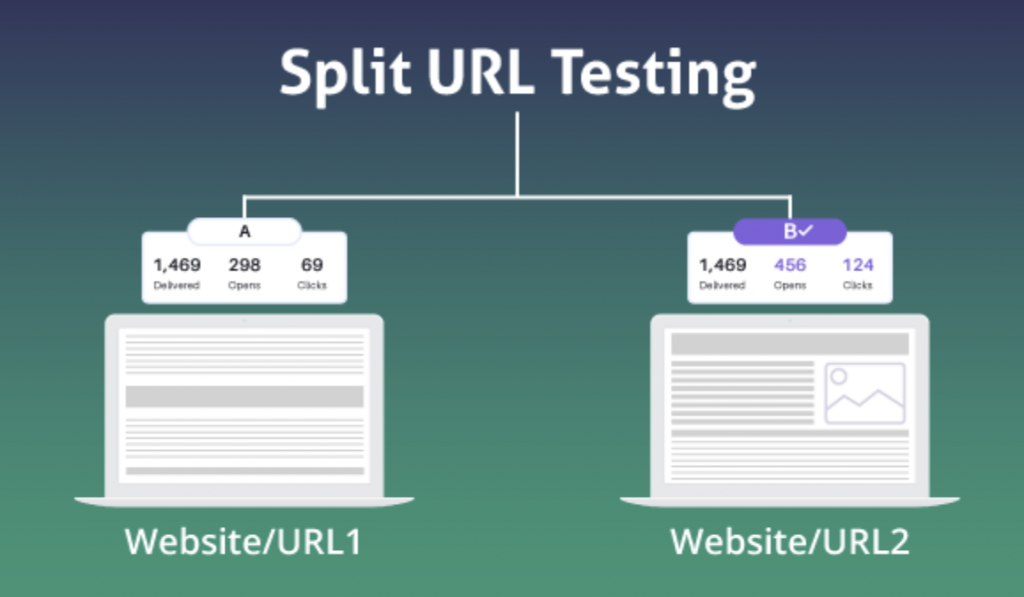
Process
- Hypothesis Creation: Identify the major changes you want to test. This could involve a complete redesign of a landing page or a new website layout.
- Version Creation: Develop two or more entirely different versions of the page. Each version is hosted on a separate URL.
- Traffic Distribution: Use tools to split your web traffic among the different versions. Each visitor will see one of the versions randomly.
- Performance Measurement: Monitor key performance indicators (KPIs) such as conversion rates, bounce rates, average session duration, and revenue per visitor.
- Analysis: After running the test for an appropriate duration, analyze the results to determine which version performs best. Ensure that the results are statistically significant before making any decisions.
Applications
Split testing is ideal for testing:
- Landing Pages: Compare completely different landing page designs to see which one converts better.
- Homepages: Test different homepage layouts and content to improve user engagement.
- Product Pages: Evaluate different product page designs, including images, descriptions, and layouts.
- Checkout Processes: Experiment with different checkout flows to reduce cart abandonment.
Advantages
- Comprehensive Insights: Provides a holistic view of how major changes impact user behavior.
- Flexibility: Allows for testing significant design and content changes.
- Improved User Experience: Helps identify the best overall design for user satisfaction and engagement.
- Actionable Data: Offers clear, actionable insights for major site improvements.
Split testing is an effective way to evaluate substantial changes to your e-commerce site. By testing entirely different versions, you can make informed decisions about significant redesigns and enhancements that can lead to better user experiences and higher conversion rates.
3. Multivariate Testing (MVT)
Multivariate testing (MVT) is a powerful method that allows you to test multiple variables simultaneously. This helps determine the best combination of elements on a webpage, providing deeper insights into how different components interact.
Definition
Multivariate testing involves experimenting with several variables at once to see which combination yields the best results. Unlike A/B or split testing, which tests one or two versions, MVT tests multiple elements and their variations in parallel.
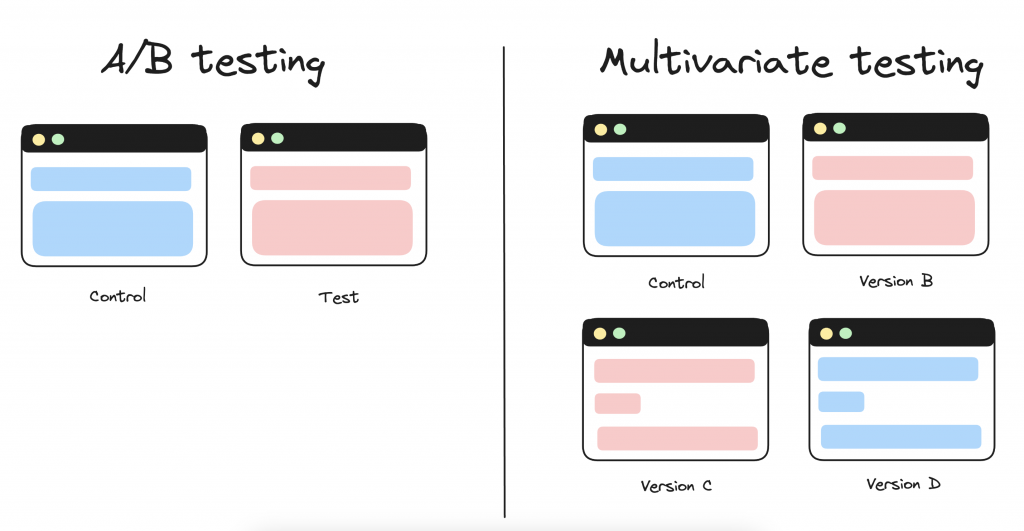
Process
- Identify Variables: Choose multiple elements on a page you want to test. For example, headline text, call-to-action button color, and image placement.
- Create Variations: Develop different versions for each element. If you have three elements with two variations each, you’ll have a combination of eight different versions (2x2x2).
- Traffic Distribution: Use a testing tool to distribute traffic among all combinations of variations. Each visitor will see one of the many possible combinations.
- Performance Measurement: Track key metrics like conversion rates, click-through rates, and engagement for each combination.
- Analysis: Analyze the data to identify the best-performing combination of elements. Tools will often use statistical methods to determine the significance of each variation and their interactions.
Applications
Multivariate testing is ideal for optimizing:
- Landing Pages: Test various headlines, images, and call-to-action buttons simultaneously.
- Product Pages: Experiment with different descriptions, images, pricing displays, and add-to-cart buttons.
- Forms: Evaluate different form fields, layouts, and submission buttons to reduce abandonment.
- Email Campaigns: Optimize subject lines, content, images, and call-to-action links.
Advantages
- Comprehensive Optimization: Provides insights into how multiple elements interact and which combination works best.
- Efficiency: Saves time by testing many variations at once rather than sequentially.
- Detailed Insights: Offers a deeper understanding of which elements have the most significant impact on performance.
- Increased Conversion Rates: Helps identify the most effective design and content strategies for boosting conversions.
Multivariate testing is a robust tool for e-commerce marketers looking to optimize multiple elements on a webpage simultaneously. By understanding the best combinations of various elements, you can make informed decisions that lead to better user experiences and higher conversion rates.
Conclusion
Optimizing your e-commerce site requires a strategic approach to testing. Each testing method offers unique advantages and can be used in different scenarios to enhance user experience and boost conversion rates.
- A/B Testing is perfect for simple, straightforward comparisons of single variables. It’s easy to implement and provides clear, actionable results.
- Split Testing is ideal for evaluating significant changes, such as entirely different landing pages or website layouts. It helps you understand the impact of major redesigns.
- Multivariate Testing allows you to test multiple variables simultaneously, giving you insights into the best combination of elements on a page. This method is efficient and comprehensive.
- Bayesian Testing offers real-time optimization by continuously updating probabilities based on incoming data. It’s highly adaptable and provides immediate insights, making it suitable for dynamic environments and long-term tests.
By leveraging these testing methods, e-commerce marketers can make data-driven decisions that lead to better user experiences and higher conversion rates. Regularly testing and optimizing various elements of your website ensures you stay ahead of the competition and meet the ever-changing needs of your customers.
Remember, the key to successful testing is not just about choosing the right method but also about consistently applying it and learning from the results. So, start testing, analyze your data, and keep refining your approach to achieve the best possible outcomes for your e-commerce business.
To get started with any of these testing methods, try a free trial with Ptengine. Ptengine offers a comprehensive suite of tools for A/B testing, split testing, multivariate testing, and Bayesian testing, making it easy to optimize your e-commerce site and drive higher conversions. Sign up today and take the first step towards better performance and user experience!